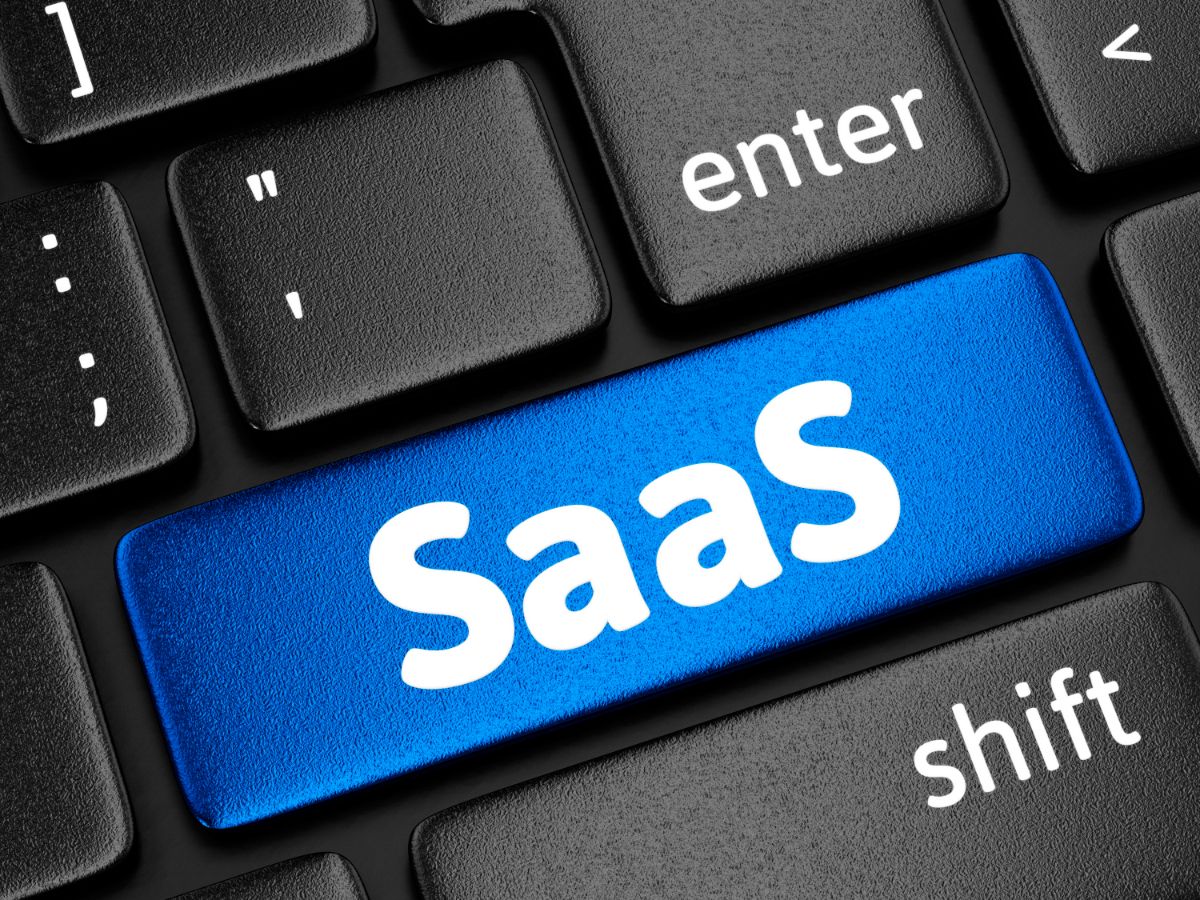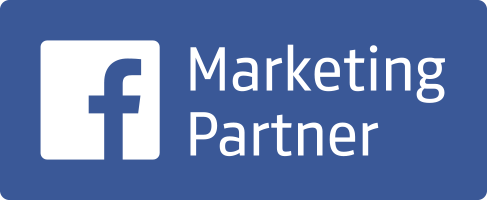
The SaaS industry (Subscription business mod) is a dynamic and fiercely competitive landscape where innovation is the driving force. With countless software solutions vying for attention, standing out requires a strategic and data-driven approach.
A well-defined SaaS marketing strategy is the cornerstone of success, serving as the compass guiding business-to-business (B2B) through the complexities of customer acquisition, retention, and growth.
A comprehensive SaaS marketing strategy is essential for driving SaaS growth, acquiring new customers, and increasing revenue. By aligning marketing efforts with business objectives, SaaS companies can effectively position their offerings, generate demand, and build lasting customer relationships.
Understanding Your SaaS Business and Market
A deep understanding of your target audience and the broader market landscape is essential for a successful SaaS marketing strategy.
Defining Your Target Audience
Creating detailed buyer personas is the cornerstone of effective SaaS marketing. By developing in-depth profiles of your ideal customers, you can tailor your messaging, content, and sales efforts to resonate with their needs, challenges, and goals. Understanding your customers’ pain points and aspirations empowers you to position your SaaS solution as the perfect answer.
Conducting Market Research
Market research is indispensable for SaaS companies that want to gain a competitive edge. Analyzing your competitors’ strategies and pricing models provides valuable insights into industry trends and customer preferences. Identifying emerging market opportunities allows you to position your SaaS offering strategically.
Furthermore, understanding customer behavior and preferences helps refine your value proposition and tailor your digital marketing efforts accordingly.
Building a Strong Foundation: Brand and Messaging
A compelling brand story is the heart of a successful SaaS marketing strategy. It differentiates your business and creates an emotional connection with your target audience.
1. Crafting a Compelling Brand Story
Developing a unique value proposition (UVP) is the first step in crafting your brand story. Your UVP clearly articulates the specific benefits your SaaS product delivers to customers and why they should choose your solution over competitors.
Once your UVP is defined, you can create a robust brand identity and messaging that resonates with your target audience. Your brand identity encompasses your company’s personality, values, and visual elements, while your messaging effectively communicates your brand story and value proposition.
2. Building Brand Awareness
Content marketing is essential to establish your SaaS business as a thought leader in the industry. You can attract and retain your target audience by consistently producing high-quality, informative, and engaging content.
Social media platforms offer another powerful channel for building brand awareness and interacting with your audience. By leveraging these platforms effectively, you can increase visibility, generate leads, and foster a loyal community around your brand.
Acquiring Customers: Lead Generation and Conversion
Generating high-quality leads is an incredibly important aspect of SaaS growth. A multi-faceted approach is essential to build a robust lead pipeline.
1. Generating High-Quality Leads
SEO is the foundation of organic traffic and lead generation. By optimizing their website and content, SaaS businesses can drastically improve their rankings and attract qualified visitors.
Complementing SEO with paid advertising channels like PPC and social media ads accelerates lead generation. Strategic content marketing initiatives, including blogging, ebooks, and webinars, provide valuable content that attracts and engages your target audience, nurturing them into potential leads.
2. Nurturing Leads and Converting Customers
Effective lead nurturing is crucial for converting leads into customers. Email marketing automation allows you to quickly deliver personalized content and offers, building relationships and trust.
Implementing lead scoring and segmentation helps you prioritize leads based on their engagement and behavior, enabling targeted follow-ups. Aligning your sales and marketing teams ensures a seamless handover of qualified leads, increasing conversion rates and accelerating the sales cycle.
Driving Growth and Retention
Customer satisfaction is a vital aspect of running a successful SaaS business. Focusing on customer onboarding, retention, and expansion can drive growth and increase customer lifetime value (CLTV).
1. Enhancing Customer Onboarding
A seamless customer onboarding experience is essential for driving product adoption. By providing clear guidance, resources, and support, you empower customers to realize the value of your SaaS solution quickly. Delivering immediate value through early wins builds excitement and encourages continued usage.
2. Improving Customer Retention
Exceptional customer support is the cornerstone of customer retention. You demonstrate your consistent commitment to customer satisfaction by providing timely and practical assistance. Building a strong customer community fosters engagement and loyalty.
Customers who feel connected to your brand will likely remain invested in your product. Implementing customer loyalty programs rewards repeat business and encourages referrals.
3. Increasing Customer Lifetime Value (CLTV)
Identifying opportunities for upselling and cross-selling is crucial for maximizing customer value. You can increase revenue per customer by offering additional products or services that complement existing subscriptions.
Developing expansion revenue strategies focuses on growing the customer account over time through increased usage, add-on features, or enterprise-level solutions.
4. Measuring and Optimizing Your SaaS Marketing
Traditional data-driven decision-making is essential for maximizing your SaaS marketing efforts’ return on investment (ROI). By carefully tracking key performance indicators (KPIs) and leveraging analytics, you can refine your strategies and drive continuous improvement.
5. Key Performance Indicators (KPIs)
Defining relevant KPIs is the first step towards measuring your SaaS marketing performance. Tracking important metrics such as web traffic, conversion rates, lead generation, and customer retention provides valuable insights into the effectiveness of your campaigns. By establishing clear benchmarks and goals, you can monitor progress and identify areas for improvement.
Data-Driven Decision Making
Utilizing analytics tools to gain actionable insights is crucial for optimizing your SaaS marketing strategies. By analyzing website traffic patterns, user behavior, and campaign performance, you can uncover trends, identify opportunities, and make data-driven decisions.
A/B testing and experimentation allow you to test different marketing approaches and identify the most effective strategies. By comparing the performance of various elements, such as website landing pages, email subject lines or ad copy, you can optimize your campaigns for maximum impact.
Continuous optimization is a process that involves refining your marketing efforts based on data-driven insights. Regularly analyzing performance metrics and making adjustments can improve your result over time.
Conclusion
Crafting an effective SaaS marketing strategy is a journey that requires careful planning, execution, and optimization.
Build Media Group specializes in developing comprehensive SaaS marketing strategies tailored to your business’ evolving goals. Our digital marketing experts can help you unlock your full growth potential.
Ready to elevate your SaaS marketing? Contact us today for a free consultation and learn how we can help you achieve your business objectives.



